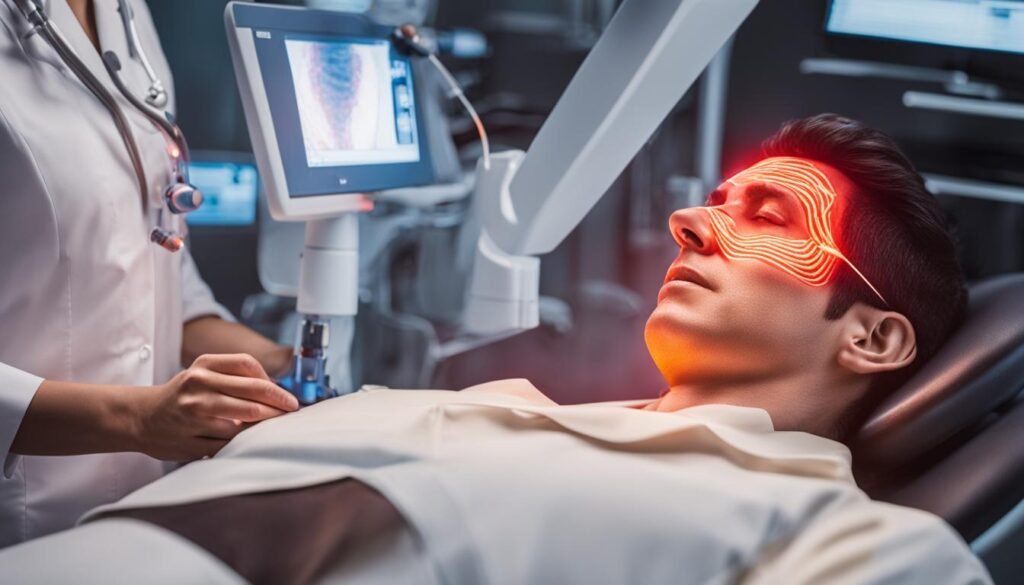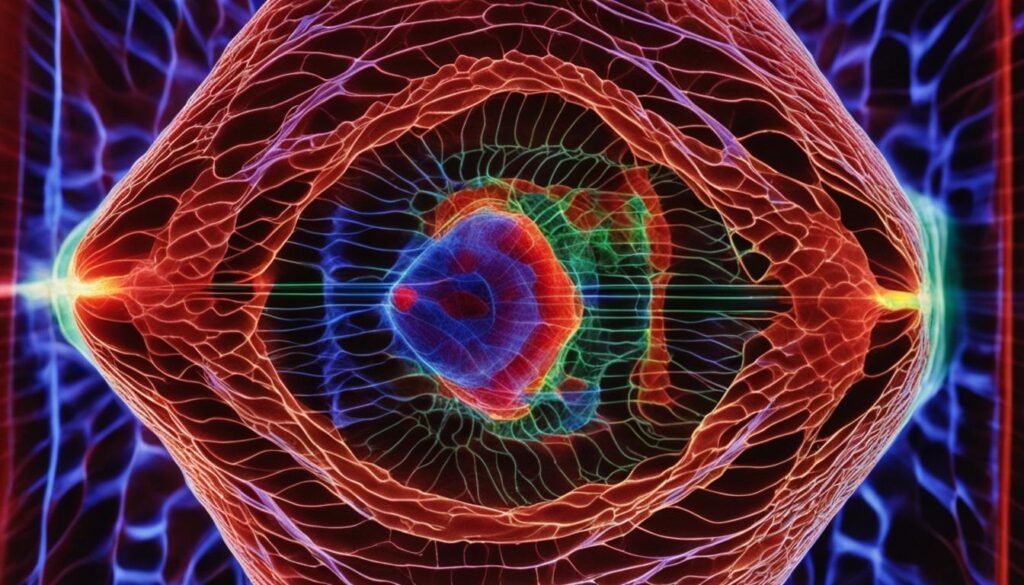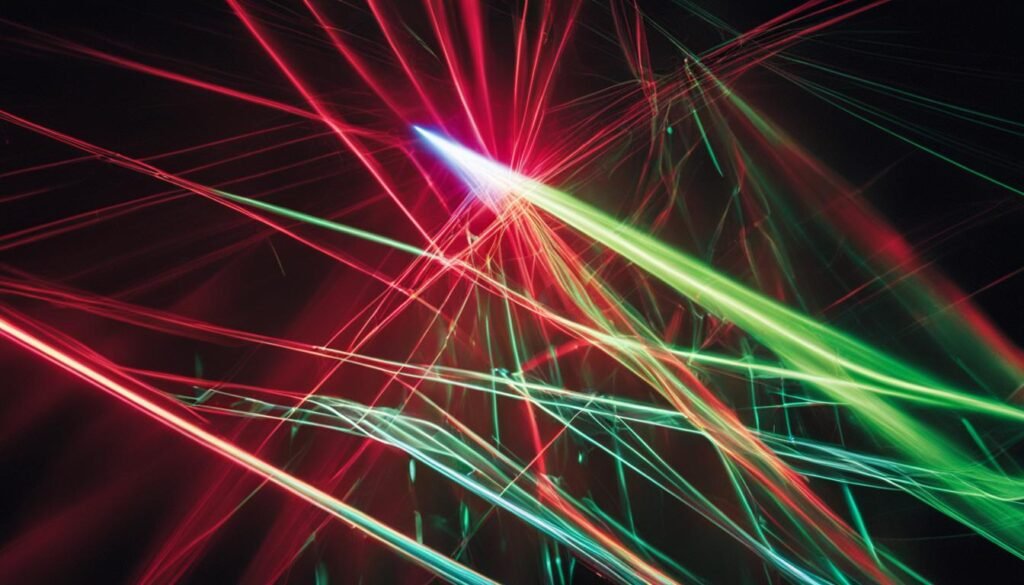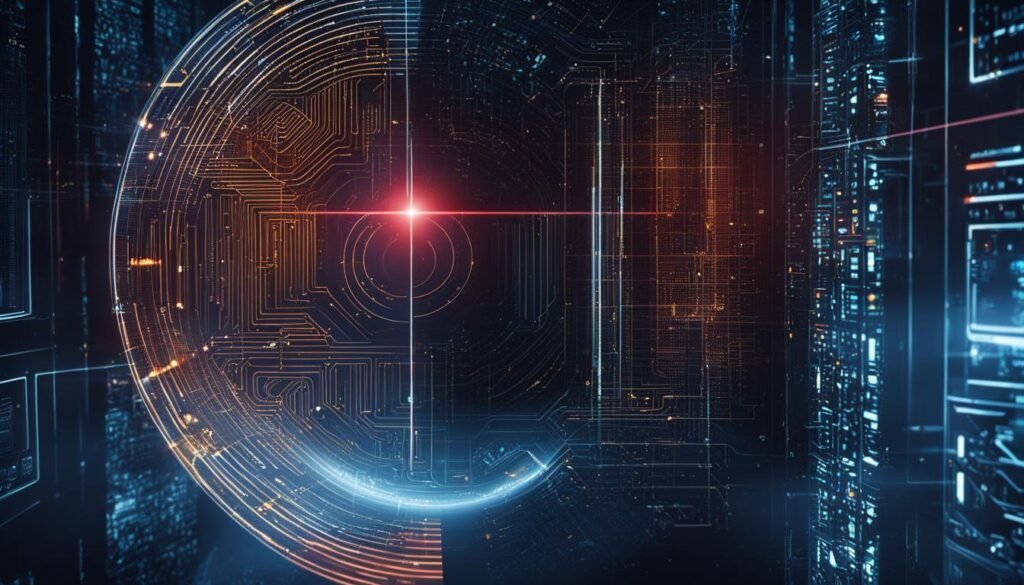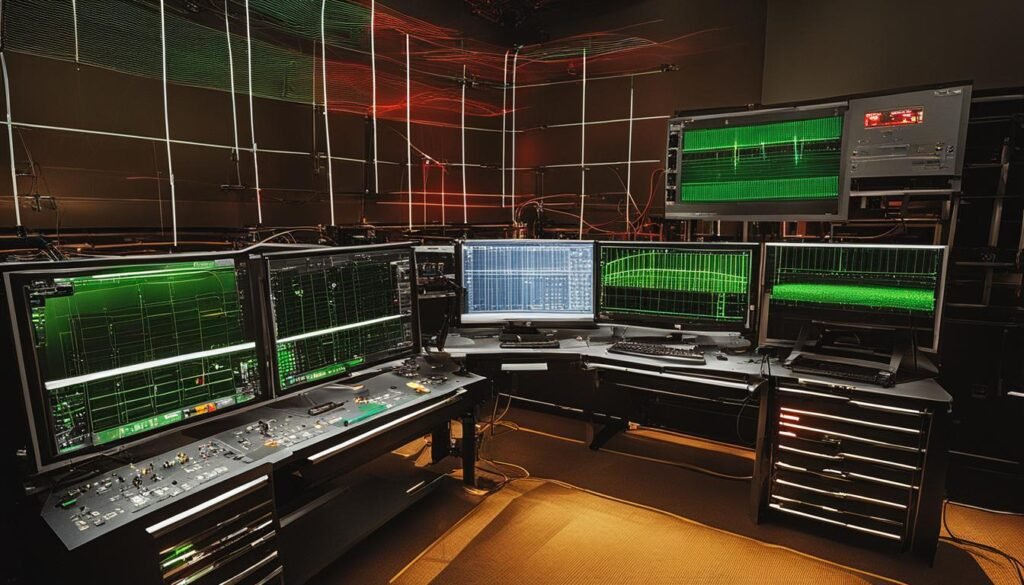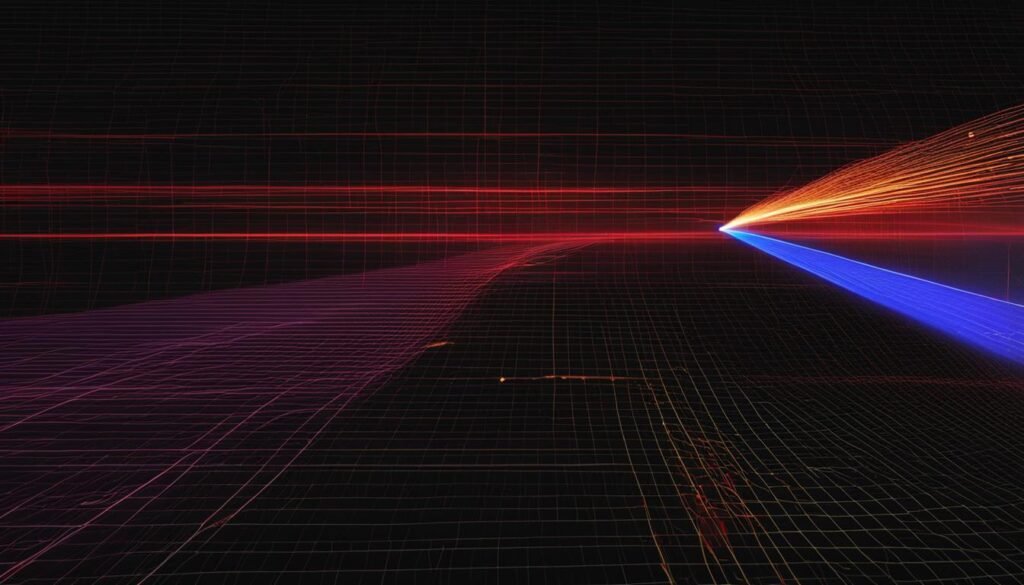Exploring the Evolution and Use of Laser Therapy in Medicine
Laser therapy in medicine has evolved significantly since its inception in the 1960s. The first lasers were developed for use in ophthalmology, but over time, their applications expanded to include various medical fields. Advancements in laser technology have led to the development of different types of medical lasers, each with its own specific uses and […]
Exploring the Evolution and Use of Laser Therapy in Medicine Read More »

